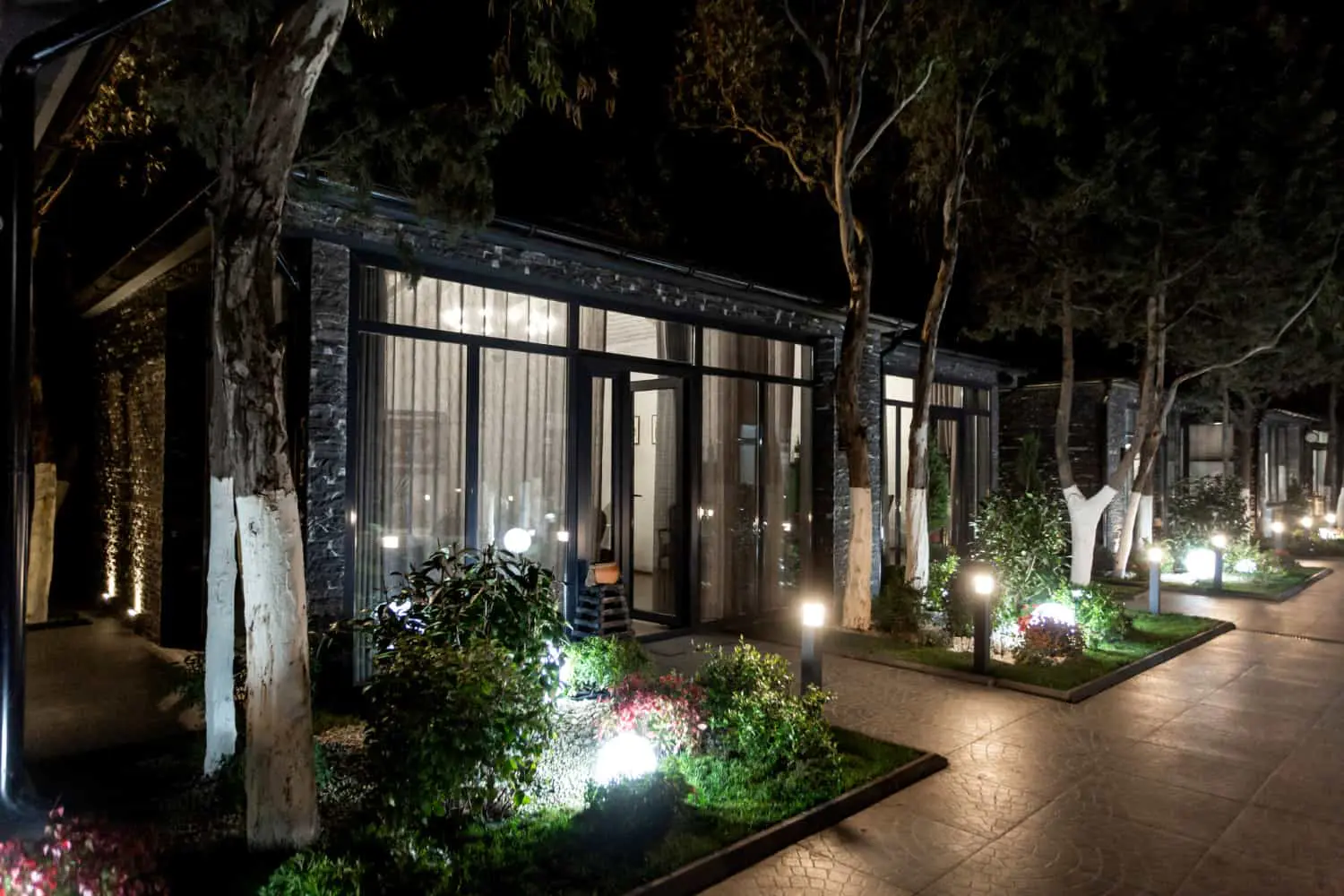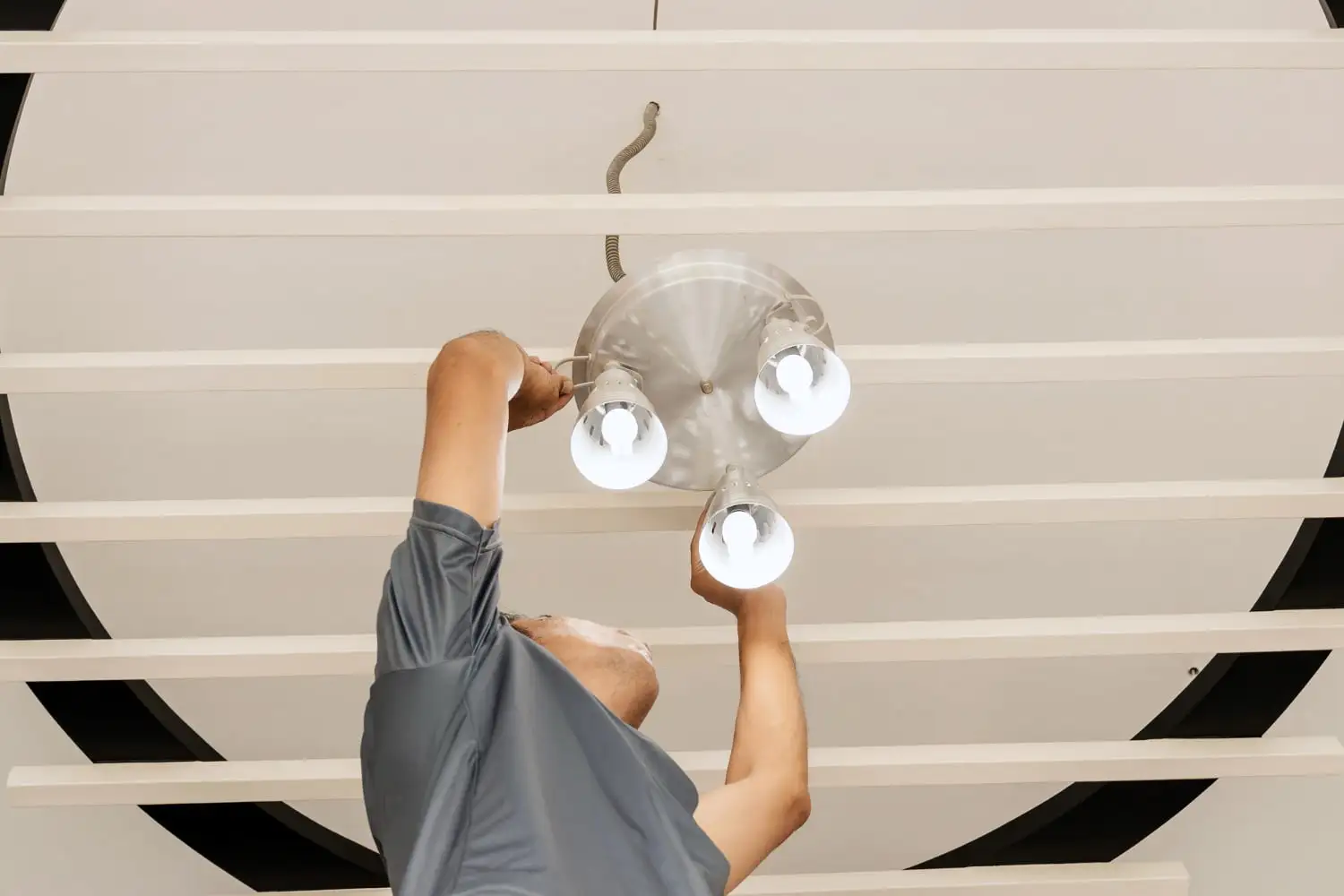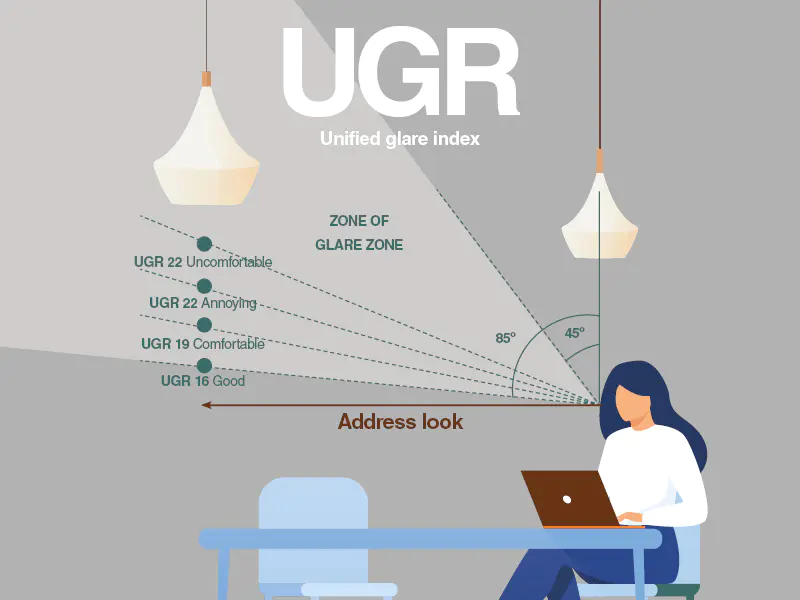
Benefits of Installing Floor Patio Lights
Discover the benefits of installing floor patio lights to enhance aesthetics, increase safety, and boost property value efficiently.
Lighting plays a major role in the appearance of the home. It makes the space stylish and modern. Various types of lighting are available in the market. Each light offers a unique feature and purpose. So it is essential to choose a light according to the place and use.
Recessed lighting is an effective LED light. It illuminates the space and makes it more modern and subtle. But the recessed lights also have further types. You have to consider some factors while buying and installing the recessed light in the home or office.
This article by Vorlane gives you complete information about the different types of recessed lights, the installation process, and factors to consider while buying recessed lights.
Recessed lights make the space modern and lively. They not only brighten up the space but also make it classy and modern. Recessed lights simply fit inside the ceilings. This means they do not take up much space and give a clean look. Moreover, recessed lights add style to the home.
Lights come in different sizes, shapes, and styles. Each recessed light is designed for special use. You need to be careful while choosing recessed lights. Because various factors may affect your decisions. Light size, type, and cost impact your installation idea. So always ensure to follow these things whenever you buy any recessed light.
The price of recessed light may vary depending on different factors like type, size, quality, and features. The average price of one LED fixture is $10. The price may increase up to $60. Recessed lights come in packages of 4, 6, and sometimes eight lights, which decreases the price. The LED fixtures cost a bit, but their durable nature saves you money in the long run.
Most recessed lights have a dimming feature. The lights come with a switch that controls the brightness. You can dim the light up to 20% of the light. The kits with ENERGY STAR have information on their packaging about the dimming feature.
LED lights are the best option to choose from, even in recessed lighting. LED bulbs consume less energy and stay longer. They produce a consistent and uniform light. LED bulbs also have additional features like brightness control, color temperature, and tone-changing moods.
If you are thinking of buying light that has a warmer tone and soft light, then halogen lights are the best option. But you need to note that these halogen bulbs consume much more energy than an LED bulb. So make the right decision.
Most homeowners like to install their lighting themselves. But installation is a bit of a dangerous process, and you must be cautious while working. If you do not know how to install light, then hire an experienced electrician. Note that hiring an electrician may increase your cost. Also, other factors like dimmer switches and wiring can enhance the final cost.
Recessed lights have unique styles of trim and finishes. White and matte black finishes are the most commonly used, while chrome and brushed nickel give a classy and elegant look. Also, consider the fixture trim. Eyeball trim and baffle trim are two types of light trims that are used for different purposes. For instance, eyeball trims are used for directing light in one direction, while baffle trims give a uniform and even light distribution.
Recessed lights enhance the whole style of the room. The compact and modern style of the lights fits with every type of interior. Also, recessed lights that are certified with ENERGY STAR have LED lights and trim in one unit, which gives it a clean and uniform look.
You must focus on the layout of the home while buying any recessed lights. If you’re thinking of installing recessed lights in big spaces like kitchens or living rooms, then you need multiple recessed lights. Also, make sure that each light is installed in an even space so they will distribute uniform light.
Recessed light also has different color options. These are available in warm, cool, white, cool, blue daylight, and warm amber color temperature. Most of the lights have options to set the light color during installation. Whereas some lights allow you to change the color tone with the help of smart devices.
It is important to install recessed lights at the right place. Find a place on the ceiling that is not covered with any obstacles. Any hurdle or obstacle may block the light and will not spread throughout the room. Also, make sure that all fixtures must stay closer so there won’t be any uneven light distribution.
You must check the wattage and the lumen of the recessed light while buying. Wattage will help you know how much energy it will take to work. The value of watts of LED lights depends on the type. It usually ranges between 3-15 for the LED lights. Also, check the lumens of the light. The higher lumens mean higher light output and lower lumens mean lower light.
Wear the goggles for eye protection. Use a paper template of a circle and draw it on the ceiling. Now, follow the line and cut the hole using a jab saw. If you need more than two holes, use a drill to cut the holes faster.
Attach the wire with the recessed light. If the cable is coming from another recessed light, then connect the wire with the junction box of the previous light. But if the cable is coming from the circuit, then just pull the wire down the hole. You do not need any traditional ceiling box for the recessed light. If your ceiling has any box, then remove it.
Use a wire ripper and rip the wire sheathing up to 4 inches. Remove the wire coatings. Now, create a connection of wire with the junction box of the light. This means attaching the black cable of the light with the black wire.
Add the light inside the hole in the ceiling. Make sure the bulb is fit inside the whole. It may damage the drywall of the ceiling if you tighten it strongly. Most of the recessed lights contain clip systems that easily attach to the drywall of the ceiling.
If your recessed LED light does not contain any trim, then use a trim. Install it separately.
Read the instructions on the fixture and then install the bulb. You can install any type of bulb from LED, halogen, and R bulbs.
Attach the cable with a circuit breaker or a service panel for the electricity. First, connect the wire with the circuit breaker, and then put the breaker inside a service panel.
Jumping into recessed lighting without a plan? Hold up. It’s easy to get tripped up. Here’s a quick rundown of pitfalls to dodge:
Lighting isn’t one-size-fits-all. A cozy corner needs a different touch than your kitchen workspace. Tailor your lighting to the room’s role, and you’ll avoid a mismatched mess.
Too far apart, and you’ve got shadows; too close, and it’s like Vegas in your living room. Finding the right balance is key to even, pleasing illumination.
Grabbing any old light won’t do. Too big or small, and your space feels off. Match the light size and type to the vibe you’re aiming for.
Skipping dimmable options? You’re missing out on ambiance and energy savings. Adding dimmers lets you adjust the mood and save a few bucks on the electric bill.
Installing non-IC-rated lights near insulation is asking for trouble. Stick to IC-rated fixtures in those areas to keep things safe.
Avoiding these common blunders can make the difference between a lighting win and a do-over. Keep these tips in mind, and you’re on your way to a well-lit, happy home.
The installation of recessed lighting costs ranges between $20-$500. The cost generally depends on the installation method and labor. Usually, one project needs about 4-6 light fixtures, and it will cost around $3,000 with the electrician fee included.
Can lights are also a kind of recessed light. The whole fixture of can lights is in a can. These lights need access to the entire ceiling, so it’s best to install them during construction.
Recessed lights consume less energy. Hence, these lights are effective home appliances that add value to the home by up to 1-3%.

Discover the benefits of installing floor patio lights to enhance aesthetics, increase safety, and boost property value efficiently.

Master the art of positioning and arranging downlights to enhance your space’s aesthetics and functionality with our comprehensive guide.

Explore the Unified Glare Rating (UGR), its importance for optimal workplace lighting, and strategies to manage glare effectively.
Sign up to get the latest product announcement and offer.
*We respect your confidentiality and all information are protected.
 | This LED Industry Research Report Is Worth 10,000 Dollars!Want to get reliable industry data to support your LED business planning? In this report, you will:
*Submit your email to download this file. Your personal info will not be shared to any 3rd-party person or organizations. |
WhatsApp us


*We respect your confidentiality and all information are protected.
